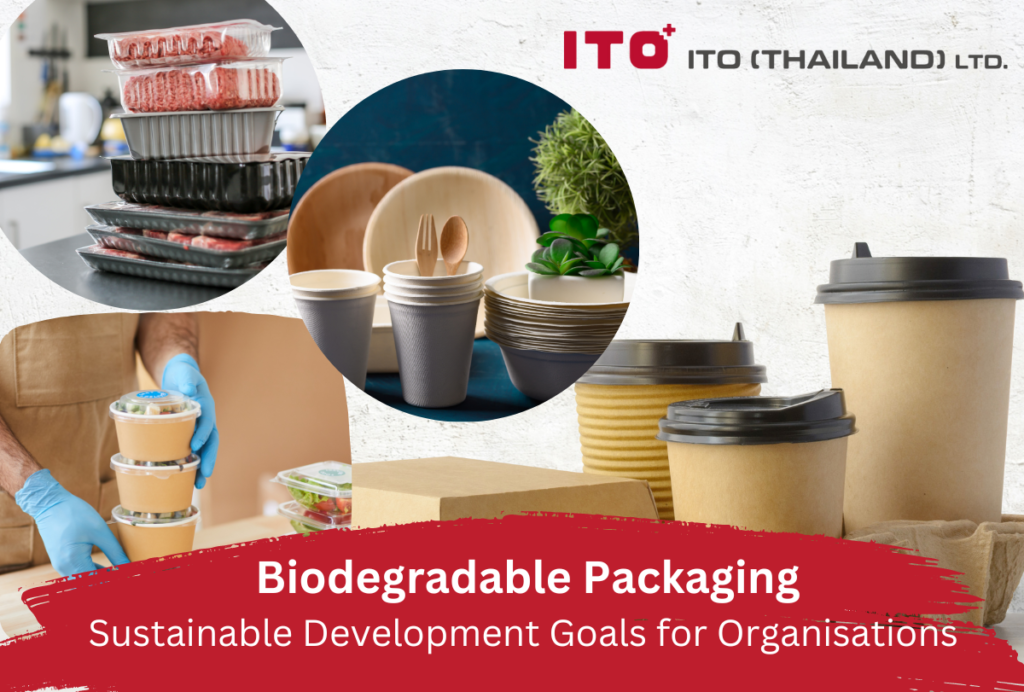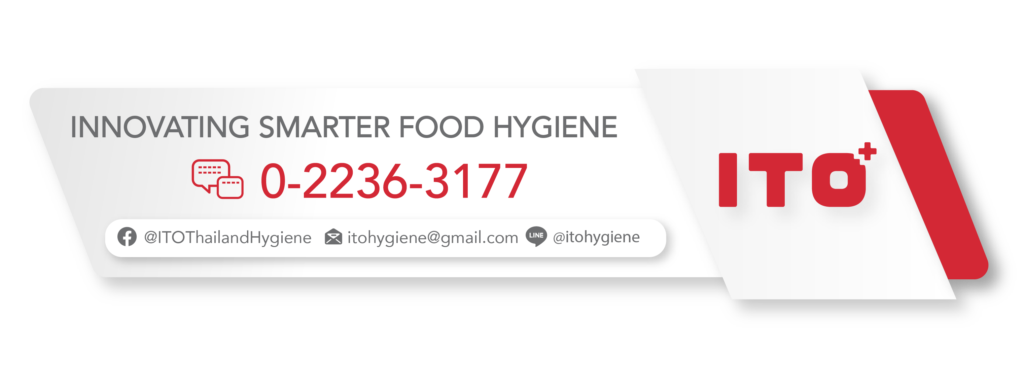ITO Thailand Hygiene Blog
Biodegradable Packaging
As straightforward as its name, it means any packaging that will naturally fall apart and decompose. In recent years, biodegradable packaging has been included as one of the sustainable development goals for several organisations. A similar issue, bioplastics, an alternative to sustainable living, was discussed in a previous blog. However, there are some differences between them. For example, bioplastics are made from raw materials sourced from renewable and natural sources and could or could not be biodegradable. In contrast, biodegradable plastic can naturally degrade through living organisms no matter the source material it originates from (4). The development history of biodegradable packaging, frequently used materials, the pros and cons of biodegradable packaging, and its future trends will be discussed in this blog.
Development History of Biodegradable Packaging
Undoubtedly, plastic is the most commonly used material for packaging when it is easy to produce. Tin and aluminium are also great for food packaging as they fully protect the inside content. However, they all contribute to adverse effects on the climate and are not very environmentally friendly. Thus, a development for alternatives using biopolymers commonly presented in living organisms (e.g., cellulose and proteins) has begun. They can break down rapidly and are frequently derived from waste plant materials (3).
During the early 1990s, Catia Bastioli, an Italian chemist, introduced Mater-Bi, a biodegradable plastic created from agricultural resources. The primary objective was to produce plastic carrier bags that would decompose into compost, enabling them to be used as garbage bags for collecting organic waste. Bastioli cited Italy’s unique environmental conditions as one motivation for this innovation, characterised by mountains, coastlines, and limited flat land. Following the invention, governmental bodies intervened, with cities in northern Italy, including Novara and Turin, implementing bans on non-biodegradable plastic bags. In 2011, Italy became the first European country to enforce such a ban, mandating biodegradable plastic bags or encouraging individuals to bring their own. Consequently, the utilisation of disposable bags in supermarkets was reduced by half, while the volume of waste sent to landfills decreased by a fifth (5).
Frequently Used Materials
It is reported that various kinds of materials are used, including PLA, tPLA and CPLA, wheat straw fibre, recycled paper, sugarcane fibre, cellulose, and bamboo (2). Moreover, numerous types of polymers from food products are utilised as well. For instance, polymers like chitosan, wheat gluten, PLA, gelatine, zine, and starch derived from mango, strawberry, blueberry, melon, sea bass, broccoli, sunflower oil, and tomatoes are used to produce biodegradable packaging such as films, coatings, containers, and bag (6).
Pros and Cons
Biodegradable packaging offers several benefits, including a reduced carbon footprint, the absence of harmful plastics, convenient disposal, versatility in usage, and sustainability. Using recycled materials instead of chemicals and plastics, biodegradable packaging helps protect the environment and reduces resource consumption. It also minimises littering issues caused by traditional packaging materials. Furthermore, the convenient disposal of biodegradable packaging simplifies waste management and allows for composting, benefiting the surrounding environment. Additionally, the versatility of biodegradable packaging enables its reuse and repurposing in various industries. Finally, biodegradable packaging promotes sustainability through reducing, reusing, and recycling (8).
Biodegradable plastics have certain limitations and drawbacks. For example, some types of biodegradable plastics do not fully break down, leading to the formation of microplastics that are difficult to clean up. Additionally, biodegradable plastics can release harmful substances during the degradation process. Moreover, using biodegradable plastics can reinforce a single-use mindset, promoting excessive waste products instead of more sustainable practices like recycling and composting. Lastly, the production of biodegradable plastics is more expensive than traditional plastics, which makes it challenging to incentivise plastic manufacturers to adopt biodegradable alternatives (4).
Future Trends
The demand for biodegradable food packaging is increasing due to factors such as the rise in food takeaway and ordering practices, the trend of on-the-go food, and the need for hygienic and reusable packaging prompted by the pandemic. Environmental concerns, including global warming and pollution, drive individuals to opt for biodegradable packaging to reduce the negative impact on the marine environment and human health. The growing population and evolving consumer preferences will further boost the biodegradable food packaging market. Ongoing research and innovations in this sector have led to new packaging materials, such as cellulose, bamboo, cornstarch, and seaweed, contributing to the increasing demand for biodegradable food packaging (7).
Several sustainable packaging trends are expected to emerge. For example, biodegradable and compostable materials, recyclable packaging, reusable packaging, minimalist packaging, and plant-based packaging are predicted to gain popularity. These trends reflect businesses’ increasing adoption of sustainable packaging practices, aiming to reduce waste and improve environmental sustainability. By aligning with these trends, companies can meet consumer demand for eco-friendly products while minimising their ecological footprint (1).
References
1.(2023). SUSTAINABLE PACKAGING TRENDS TO LOOK FOR IN 2023. Retrieved May 30, 2023, from https://felins.com/blog/sustainable-packaging-trends-look-2023
2.Good Start Packaging. (2023). Compostable Food Packaging Materials. Retrieved May 30, 2023, from https://www.goodstartpackaging.com/compostable-materials/
3.Koons, E. S. K. (2019). What is Biodegradable Packaging. Retrieved May 30, 2023, from https://www.desjardin.fr/en/blog/what-is-biodegradable-packaging
4.(2021). Biodegradable Plastic Guide: Explore the Pros, Cons, and Uses. Retrieved May 30, 2023, from https://www.masterclass.com/articles/biodegradable-plastic-guide
5.Moffett, S. (2013). From plastic litter to high-quality compost. Retrieved May 30, 2023, from https://ec.europa.eu/research-and-innovation/en/horizon-magazine/plastic-litter-high-quality-compost
6.Shaikh, S. A., Yaqoob, M., & Aggarwal, P. (2021). An overview of biodegradable packaging in food industry. Current Research in Food Science, 4, 503–520. https://doi.org/10.1016/j.crfs.2021.07.005
7.Sutaria, I. (2023). https://www.futuremarketinsights.com/reports/biodegradable-food-packaging-market. Retrieved May 30, 2023, from https://www.futuremarketinsights.com/reports/biodegradable-food-packaging-market
8.The Box Guy. (2020). 5 Benefits of Biodegradable Packaging Materials for Businesses. Retrieved May 30, 2023, from https://www.theboxguy.com/blog/benefits-biodegradable-packaging/
Related Post
-
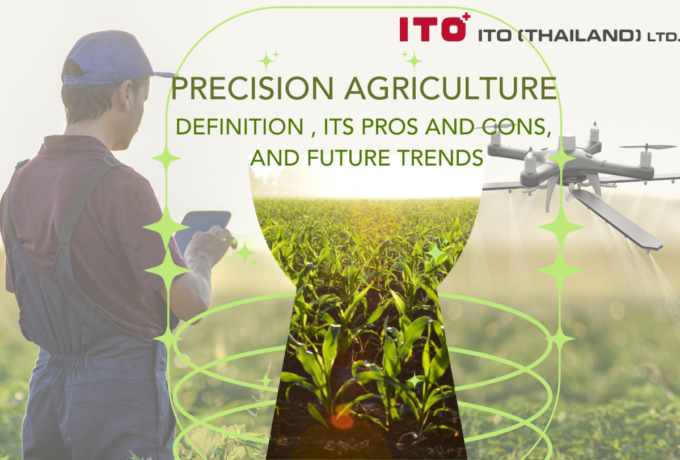
Precision Agriculture
Precision agriculture has revolutionised how we approach crop management by optimising the inputs to meet specific requirements. Even though it is not a new system, recent technologies have made it possible to apply it in practical productions. In this blog, we will discuss the definition of precision agriculture, its pros and cons, and future trends.
-
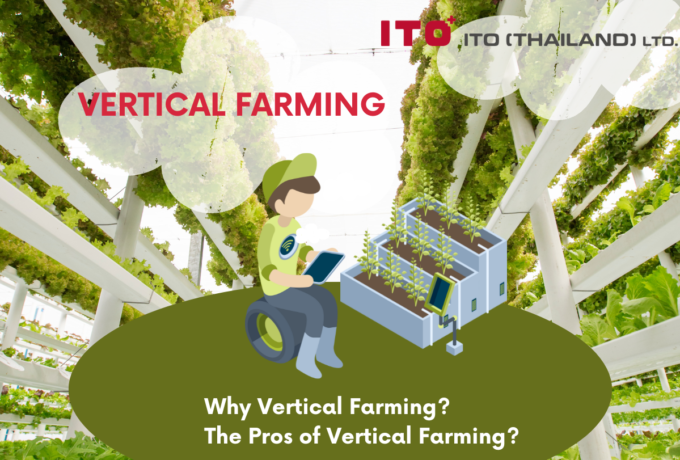
Vertical Farming
Agriculture has utilised nearly all the available land, causing growing difficulty in finding land on the earth’s surface. With limited resources, meeting the world’s food demands will require more innovative and dependable methods of producing safe food, and the answer lies in vertical farming.
-
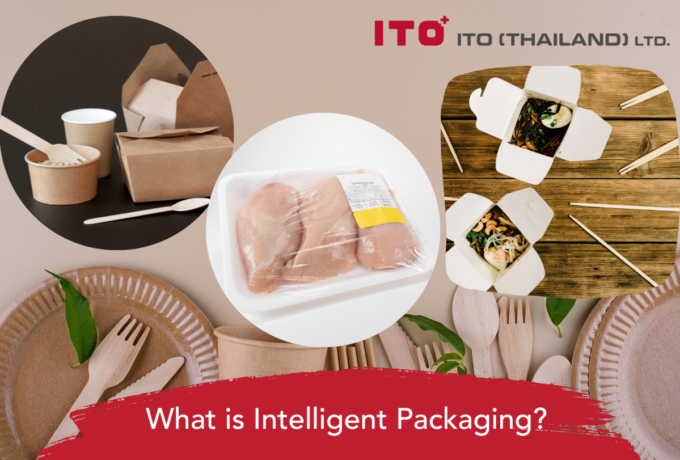
Intelligent Packaging
Without packaging, food products would last for only a short period of time, impossible for logistics management, difficulties in the supply chain system, quick quality deterioration, and prone to contamination to risky foodborne pathogens. In reality, there are many more functions that packaging is contributing to food products, as well as many types of smart packaging. Intelligent packaging is considered to be a part of smart packaging, so in this blog, we will discuss the contribution of intelligent packaging to food products.
-
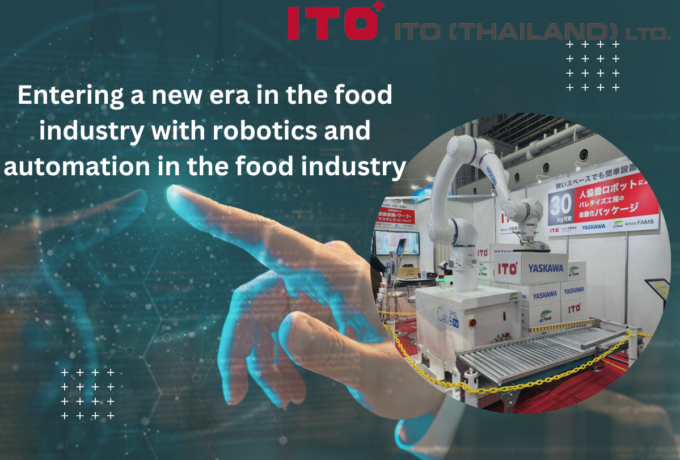
Robots & automation in the food industry
Entering a new era in the food industry with robotics and automation in the food industry
-
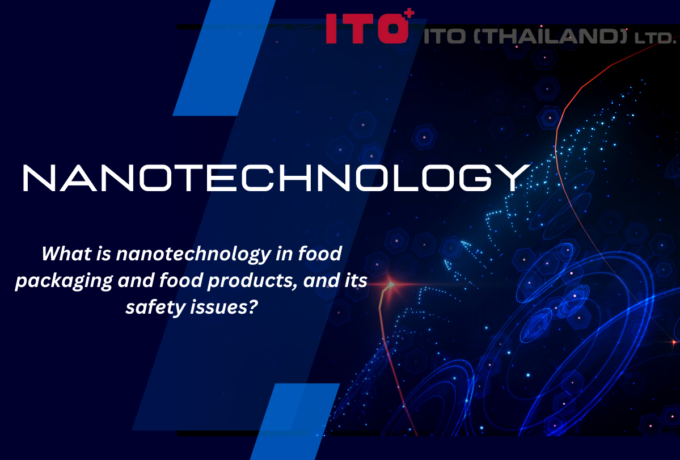
Nanotechnology in the Food Industry
Nanotechnology has been brought to our attention for the last decades, and it has provided various beneficial applications to the food industry. Unlike other technology, nanotechnology has broadened the knowledge in the food industry to another level in a nanoscale dimension. It involves almost every aspect of the food industry, including food packaging, food processing, as well as functional food development and enhancement of food safety. In this blog, we will discuss how nanotechnology is used in food packaging and food products, and the most important part, its safety issues.
-
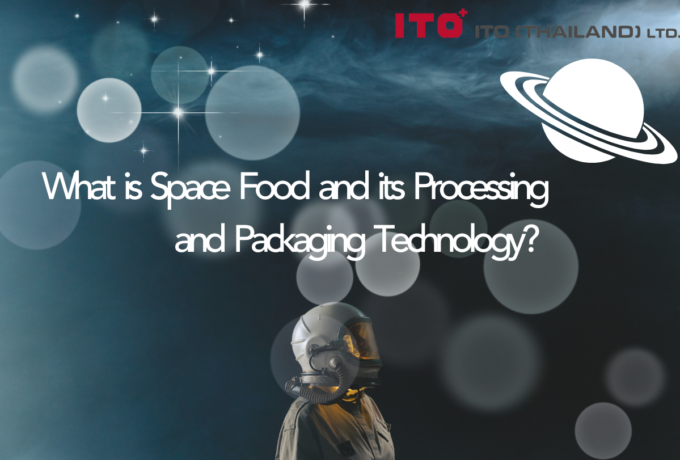
Space Food (Part 1)
In recent years, there has been a number of research in regard to foods for long-term transport. We have discussed that some types of food, such as 3D printed food, are customisable and able to create personalised meals. Doubtlessly, it is capable of long-term missions such as aerospace and military applications. Space food, its processing and packaging technology, as well as space food and waste management will be discussed in this blog.








